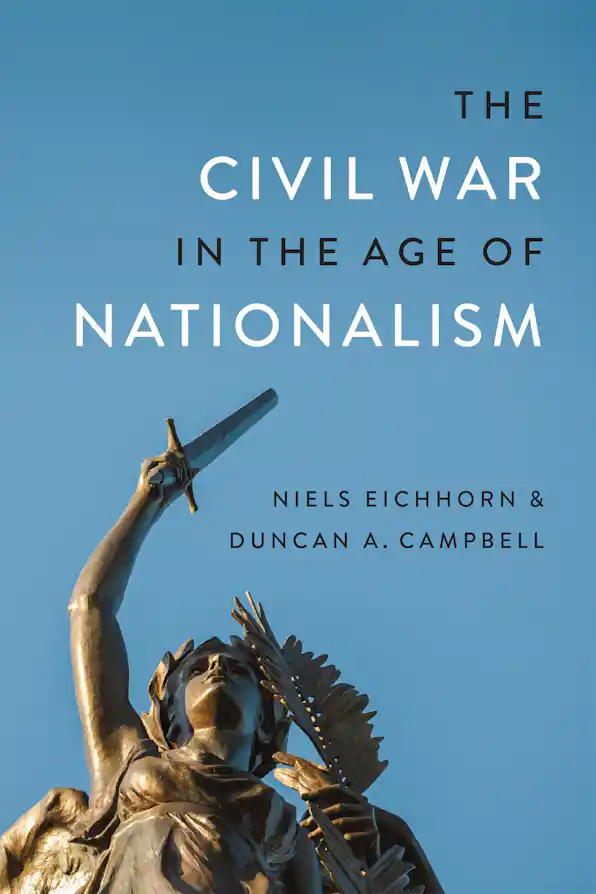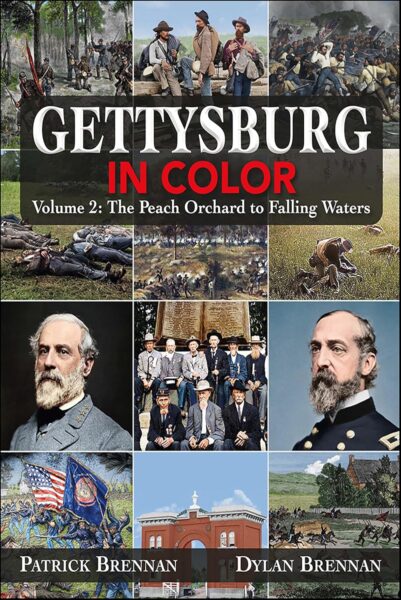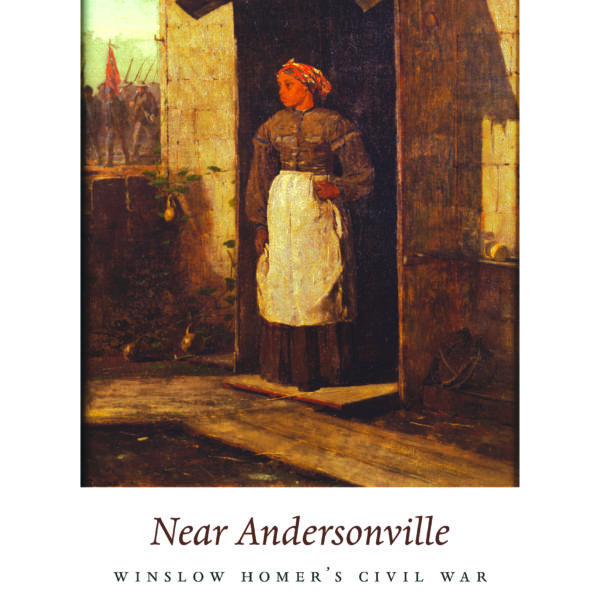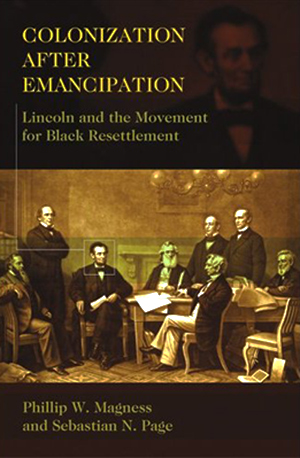Historians have long acknowledged that slavery, race, emancipation, and nationalist undertakings were not unique to the United States during the Civil War era. Recently, however, it seems that scholars—since the publication of Don Doyle’s The Cause of All Nations: An International History of the American Civil War—have begun to seriously examine the similarities between our own Civil War and other global events. Niels Eichhorn and Duncan A. Campbell’s The Civil War in the Age of Nationalism builds on this growing trend. They place the Civil War within a global context, using a transnational and comparative perspective to illustrate how mid-nineteenth century social, political, and cultural issues both shaped and mirrored America’s four-year national struggle. Eichhorn and Duncan avoid the “shining city upon a hill” or American exceptionalism narrative that has often dominated the historiography, and instead explore the Civil War “from a comparative perspective, looking at how the conflict’s various aspects mirrored those in other parts of the world” (5, 9). At the center of this story is the nation-state, the development of nationalism, and its nineteenth-century manifestations in the United States and throughout the world.
The comparative approach to a transnational history of the Civil War leads to various discussions of nation-building activities. Secession, Liberalism, Emancipation, Modernization, and Reconstruction represent core themes throughout each chapter. Chapter One, for instance, tackles the problem of nationalism. The authors define it as a “process of imagining a community” (16). The Civil War, the authors argue, gave birth to a modern American nationalism. Lincoln shifted his rhetoric during the war from the United States as a Union to the “United States as a nation.” (20-21). The point for Lincoln was legitimacy, and this filtered into his military strategy as well. Readers will find this chapter particularly appealing. Lincoln’s strategy to corner the South into firing the first shots at Fort Sumter reflected the same strategy later taken by Otto Von Bismarck. His own national struggle to unify the German states also prompted him to ensure France, not Prussia, fired the first shots. But if nationalism and its legitimacy were global trends in the Civil War era, what about Secession? The authors contend that secession was likewise an international phenomenon. The Southern, Irish, Polish, and Hungarian rebellions all “inspired each other.” Each nation saw themselves as exceptional and with unique regional identities (42). The only difference that existed between these national struggles was that the Southern Confederacy lacked outside support. After the war, defeated separatist now facing reconstruction—The South and Irish republicans, for example—adopted similar means of resistance. In the South, resistance took the shape of KKK guerilla terrorism; in Ireland, the Irish Republican Brotherhood resisted the British occupation through similar means. Lost Cause nationalism for both countries continued to grow out of their respective defeats.
The chapter on Liberalism is perhaps the most original. It has been the norm in scholarship to interpret British moral support for the Union cause as a defense of liberalism. This, according to Eichhorn and Campbell, obfuscates the reality at the time. While Americans like to mythologize the relationship between Great Britain and the United States, the truth is that most British liberals “were never particularly enamored” with the United States or its “claims to be a rival political model to Britian” (79-80). When certain Britons felt inclined to support one side in the conflict, this did not necessarily mean that they were opposed to the other. The decision to support one or the other was more gray than black and white. Further, although certain British abolitionists stood in favor of the Union cause against the slave South, most did not consider the war as a defense of liberalism. In truth, it was not until after the war and the death of Lincoln that British intellectuals, such as J.S. Mill or J.E. Cairnes, even considered the Civil War as a triumph of liberalism.
Students of the Civil War will be familiar with certain interpretations put forth by Eichhorn and Campbell. In terms of nationalism and secession, their interpretations reflect the same observations made by David M. Potter in his chapter on “Southernism” in The South and the Sectional Conflicts. When it comes to a transnational perspective, Eichhorn and Campbell again mirror the observations of Andre Fleche’s The Revolution of 1861, especially in their discussion of how Confederates looked to European nationalist movements as models for their own efforts between 1861-1865. Nevertheless, The Civil War in the Age of Nationalism builds on the works of previous historians, and it offers readers a convincing study of how the Civil War fit into broader international movements. Students and scholars of the Civil War will find much to appreciate in this work.
K. Howell Keiser, Jr., is a Postdoctoral Fellow at the University of Virginia.





